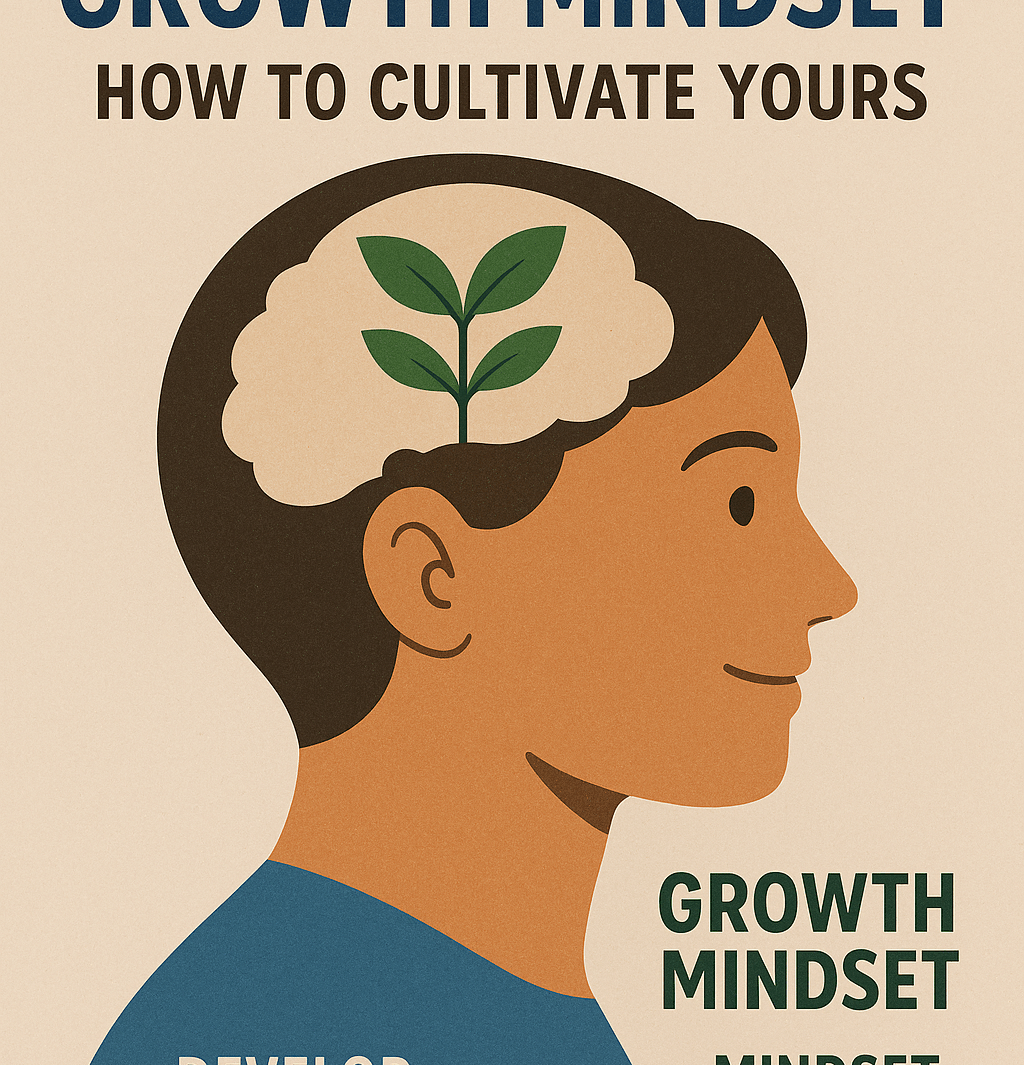Growth Mindset
A growth mindset is the belief that skills, intelligence, and talents are not fixed traits but can be developed through effort, learning, and persistence. People with a growth mindset embrace challenges, learn from feedback, and see setbacks as opportunities to improve rather than as signs of failure.
Ever caught yourself thinking, “I’m just not good at this”?
Here’s the truth: you’re not “bad” at it — you’re just not good at it yet.
That little three-letter word — yet — is the heartbeat of a growth mindset. It’s the belief that your skills, intelligence, and talents aren’t set in stone, but can grow with effort, learning, and persistence.
This isn’t self-help fluff. It’s science-backed, life-changing, and something you can start today.
What Is a Growth Mindset?
A growth mindset is the belief that you can develop your abilities through dedication and hard work. Unlike a fixed mindset — where you believe your abilities are static — a growth mindset means you:
- See challenges as opportunities
- Learn from feedback instead of fearing it
- Bounce back from setbacks faster
- Celebrate progress over perfection
“I can’t do this—yet.” is the mantra that turns frustration into forward momentum.
Why a Growth Mindset Matters
1. Boosts Resilience
Setbacks stop being roadblocks; they become detours you know how to navigate.
2. Fuels Continuous Learning
You start looking for opportunities to grow instead of avoiding what’s hard.
3. Enhances Creativity
Failure stops feeling like an ending and starts feeling like research.
4. Improves Well-Being
Studies show growth-minded people report lower stress and higher life satisfaction.
5 Growth Mindset Shifts That Changed My Life
1. Spot Your Fixed-Mindset Triggers
Catch yourself thinking, “I’m not good at this” — and reframe it.
2. Reframe Challenges
Switch “This is too hard” to “This is helping me grow.”
3. Celebrate Effort Over Outcome
Praise persistence: “You worked so hard on that,” not “You’re so talented.”
4. Seek and Use Feedback
Ask, “How can I improve?” — then actually apply what you learn.
5. Set Learning Goals, Not Just Performance Goals
Shift from “I need an A” to “I want to master this concept.”
Embrace Small Mindset Shifts
True transformation happens in the little moments:
- From “Why me?” to “Try me!”
When criticism stings, remind yourself it’s a tool for growth. - From “I failed” to “I learned.”
Log your lessons: “What did this teach me?” - From “Prove myself” to “Improve myself.”
Focus on progress, not perfection.
These mindset shifts rewire how you face life’s ups and downs. Over time, they become second nature.
Bringing It All Together
A growth mindset isn’t something you switch on once — it’s a practice. You notice your thoughts, reframe the unhelpful ones, and keep showing up even when it’s uncomfortable. Over time, the small shifts stack up. You become more confident, more creative, more willing to take the leap.
Ready to grow? Start today by choosing one small challenge, leaning into it, and noticing how your mindset transforms.
Your Questions Answered
Q: How do I develop a growth mindset?
A: Start by reframing challenges, celebrating effort, seeking feedback, and setting learning goals.Q: Why is a growth mindset important?
A: It makes you more resilient, creative, and open to learning — and improves overall well-being.



I found your weblog web site on google and verify a few of your early posts. Continue to keep up the very good operate. I simply further up your RSS feed to my MSN News Reader. Searching for ahead to studying extra from you in a while!…